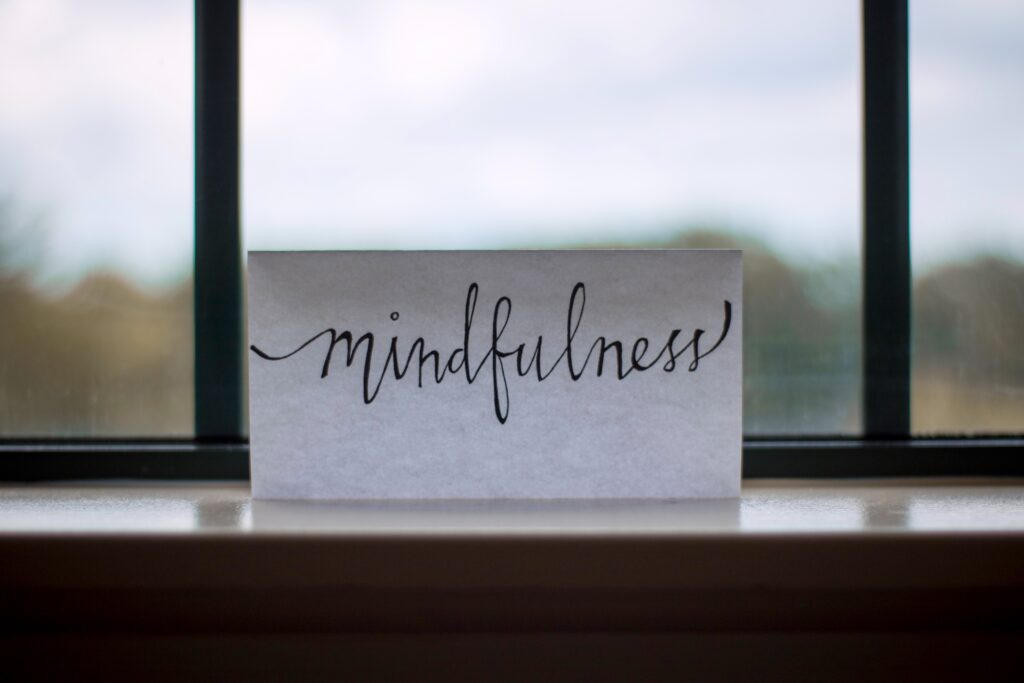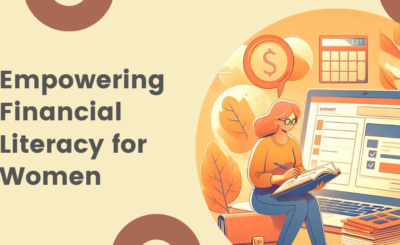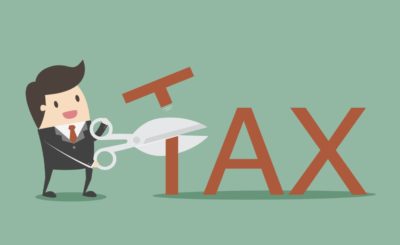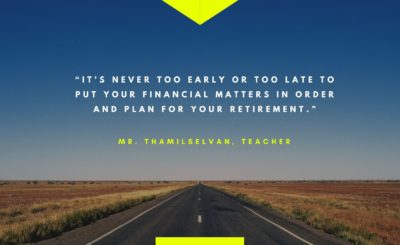Regular practice of mindfulness has been found to enhance our focus, reduce stress and even improve sleep.
Just like how mindfulness improves our mental and emotional well being; becoming mindful of our personal finance can also bring about greater clarity, peace of mind and empowerment.
Becoming Mindful of One’s Finances…
Recently, a friend of mine shared that she started tracking her expenses since the start of this year. This was after finding out that she would be retrenched by her company..
All this while, she didn’t feel a need to analyse her expenses because she had no trouble paying her bills at the end of each month.
It was only after she started tracking her expenses for a few months that she realised “OMG, I didn’t know I actually spend so much!” She shared about how she can easily spend $70-80 each time she went on Shopee and this happened once every few days. “And these are not even spent on any home necessities!”
My friend is not alone in her experience.
I recall a pilot client of mine who suffered a 50% pay cut during Covid times. That was when he realised the importance of managing his cashflow. He started using a software to budget and track his family’s monthly spending, intentionally cut down on unnecessary expenses. Today, he’s in a much better position and has also started a good habit of setting aside a fixed amount every month to save and invest for the future.
I am always heartened to know of people who have embarked on their financial mindfulness journey. Hearing their stories of how they gained more clarity and confidence inspired me to write this post!
So in today’s post, I will share some basic ABCs to nurture a financial mindfulness habit.
The A.B.Cs to Financial Mindfulness
Awareness
Consider the following questions
- How much is your average monthly expenditure?
- How much of your spending is necessary vs discretionary, fixed vs variable?
- What do you spend most on?
If you are able to answer all 3 questions confidently, well done!
Otherwise, you can start by categorising and recording your expenses, credit card bills, cash outflow, recurring GIRO deductions etc. You can make use of mobile apps, Excel spreadsheet or even using a notebook to capture these figures.
As you start tracking your expenses, you will likely spot some recurring patterns and trends which will help you to make wiser decisions moving forward.
Budgeting
Once you have identified your own expenditure pattern, step 2 is to set up your budget.
How much do you want to save versus spend? Is there a cap to the amount of discretionary and lifestyle expenses each month?
A simple budgeting guideline to follow is the 50-30-20 rule
- 50% goes towards your needs e.g housing costs, utility bills, groceries, loans, and any other mandatory expenses.
- 30% goes towards your personal wants e.g dining out, entertainment, traveling, streaming and other subscriptions.
- 20% goes to your savings be it a savings account, retirement fund, or other investments.
Here’s a simple tip – transfer out your planned savings to another account first so you make sure you save before you spend.
Think of it as paying yourself first :)
Conscious Choices
The next step involves making conscious decisions about your money on a day to day, moment to moment.
Humans are creatures of habit and we have the tendency to go about life on auto-pilot mode e.g opening mobile shopping apps like Lazada or Shopee to check out deals of the day or grabbing that cup of latte or bubble tea after lunch out of habit.
The next step you catch yourself making habitual purchases, pause and ask yourself “Is this something I even need or want now?”
Being mindful of our finances can mean relooking at your current banks and savings: “Are there better ways to optimise my accounts?” For example, nowadays many banks offer higher interests if you credit your salary, spend and save with them. You may choose to consolidate your spending or giro arrangements to maximise the bank interest.
Instead of leaving all your savings in cash by default, actively reallocating your excess cash (after setting aside sufficient emergency funds) to fixed deposits, bonds or equity investments to better fight inflation and accumulate towards your financial goals.
To end off,
The above ABCs are financial mindfulness habits that will help you build a solid foundation for a bright financial future.
For example, having clarity of your expenses will give you a better picture of how much you need for your desired retirement lifestyle. This allows you to plan for your retirement funds more effectively.
Having the habit of budgeting and practising conscious spending will also ensure you do not overspend your funds in retirement.
Financial mindfulness is not a one-off exercise nor a goal to achieve
Rather, it’s a ongoing practice, to be aware and choose consciously in your daily life.
There may be ups and downs along the way, periods of mindfulness and periods when we kindof “drop off” or lose track of our finances. That’s alright and we can always come back to the practice once we become aware.
So do be patient and kind with yourself along the way.
It also helps to have supportive friends who practise financial mindfulness to encourage each other along this journey. I promise this will be a worthwhile process :)
Start today with the ABCs and all the best in your financial mindfulness journey!
To Your Success and Happiness,
Yong Hui







